Body Weight Measurement
Food Consumption Measurement
Water Consumption Measurement
Rotarod Test
Grip Strength Test
Hematology Analysis
Biochemistry Analysis
Hematoxylin and Eosin (H&E) Staining
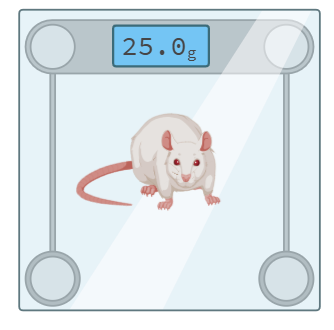
Body Weight Measurement
Mouse body weight measurement is a fundamental aspect of toxicology studies for drug screening. Regular monitoring of body weight provides critical insights into the overall health and metabolic status of the animals. Changes in weight can indicate potential toxicity or adverse reactions to test compounds, making accurate assessments essential. Utilizing specialized digital scales designed for small animals ensures reliable data collection, enhancing the validity of research findings. By prioritizing body weight measurement, we contribute to a comprehensive understanding of how new drugs affect physiological health.

Food Consumption Measurement
Measuring mouse food consumption is vital in evaluating the metabolic effects of test compounds during toxicology studies. Accurate monitoring of food intake reveals changes in dietary behavior that may indicate adverse reactions to drugs. By assessing food consumption, researchers can gain insights into the animals’ health and well-being, ensuring that any potential toxicity is identified early. Employing precise measurement tools guarantees the reliability of data collected, facilitating the assessment of drug safety and efficacy in pre-clinical research.
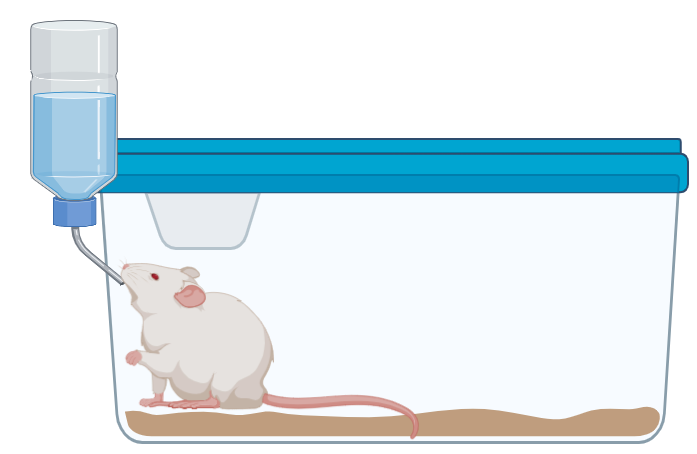
Water Consumption Measurement
Water consumption measurement in mice is essential for understanding hydration status and metabolic responses in toxicology studies. Monitoring fluid intake provides valuable information regarding the animals’ health and can indicate potential toxicity or adverse effects from test substances. Changes in water consumption patterns are critical indicators that researchers must assess to ensure animal welfare. By utilizing specialized equipment for accurate measurement, we enhance the reliability of our data, supporting the development of safer therapeutic agents in pre-clinical research.

Rotarod Test
The rotarod behavior test is a fundamental assessment used in pre-clinical research to evaluate locomotor function and motor coordination in animal models. This test is particularly valuable in toxicology studies for drug screening, as it helps identify any potential effects of new compounds on motor skills and balance. In the rotarod test, animals are placed on a rotating rod, and their ability to maintain balance while walking is measured. The duration they can stay on the rod provides insights into their motor coordination and overall neurological health. This assessment is crucial for detecting any adverse effects that may arise from drug treatments. Our pre-clinical research organization employs the rotarod behavior test as part of a comprehensive battery of neurobehavioral evaluations. By systematically assessing motor function, we can ensure that new therapeutic agents do not adversely impact locomotor abilities. This rigorous testing contributes to the safety profile of compounds, enabling informed decision-making in drug development. Through our expertise in the rotarod behavior test, we support clients in navigating the complexities of toxicological assessments, ensuring the development of safe and effective therapeutic options.
Grip Strength Test
The mouse grip strength test is a vital assessment used in pre-clinical research to evaluate neuromuscular function and muscle strength in animal models. This test is particularly important in toxicology studies for drug screening, as it helps determine the potential impact of new compounds on motor function and muscle health. In the grip strength test, mice grasp a specially designed apparatus, and the maximum force exerted is measured. This quantitative data provides insights into the integrity of neuromuscular connections and overall muscle strength, allowing researchers to identify any adverse effects that may result from drug treatments. Our pre-clinical research organization incorporates the grip strength test as part of a comprehensive battery of neurobehavioral evaluations. By assessing muscle strength before and after treatment, we can ensure that new therapeutic agents do not negatively affect neuromuscular function. This rigorous testing is essential for developing safe and effective compounds, aiding clients in making informed decisions throughout the drug development process. Through our expertise in the mouse grip strength test, we contribute valuable data to support the safety profiles of potential therapeutic options.
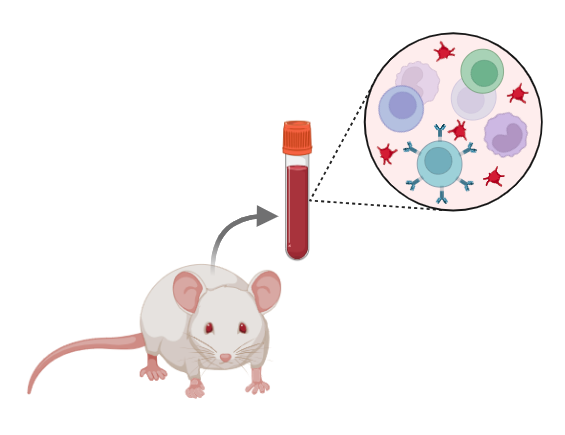
Hematology Analysis
Mouse hematology analysis is a vital aspect of toxicology studies for drug screening, offering critical insights into the effects of test compounds on blood parameters. Our comprehensive hematology services include the assessment of key metrics such as red blood cell (RBC) and white blood cell (WBC) counts, hemoglobin levels, hematocrit, and various indices like mean corpuscular volume (MCV), mean corpuscular hemoglobin (MCH), and mean corpuscular hemoglobin concentration (MCHC). By evaluating these hematological parameters, we can detect potential hematotoxicity and monitor the overall health of test subjects during pre-clinical research. Our state-of-the-art laboratory techniques ensure accurate and reliable data collection, allowing researchers to make informed decisions about the safety and efficacy of new therapeutic agents. Our commitment to rigorous hematology analysis not only supports drug development but also prioritizes animal welfare, ensuring that studies are conducted ethically and responsibly. As a pre-clinical research organization, we provide the expertise and resources necessary to advance the understanding of drug interactions and their impact on hematological health.
Reference values:
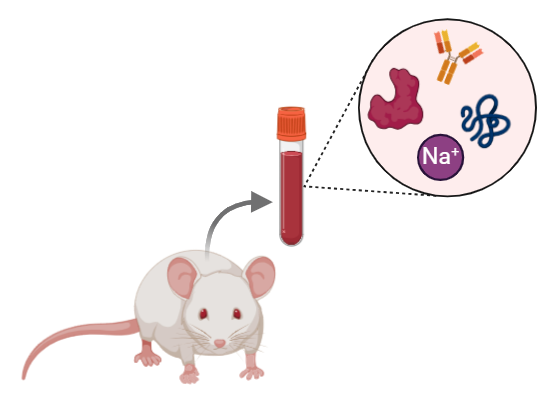
Biochemistry Analysis
Mouse biochemistry analysis plays a vital role in toxicology studies for drug screening, providing critical insights into the biochemical effects of test compounds on overall health. Our comprehensive biochemical services involve the analysis of serum samples to evaluate key indicators that reflect physiological function. We assess essential electrolytes such as sodium, potassium, chloride, and phosphorus, which help maintain normal fluid balance and blood pressure. Additionally, we measure urea as an indicator of kidney function, along with enzymes like amylase and lipase, which are crucial for assessing digestive health. Our analyses also include glucose, cholesterol, total protein, albumin, globulin, total bilirubin, and liver function indicators such as alkaline phosphatase (ALP), alanine transaminase (ALT), and aspartate aminotransferase (AST). By conducting thorough biochemical evaluations, we ensure a comprehensive understanding of how test substances may impact metabolic processes and organ functions. This rigorous approach supports the development of safer and more effective therapeutic agents, ensuring that our clients receive reliable data to inform their pre-clinical research efforts.
Reference values:
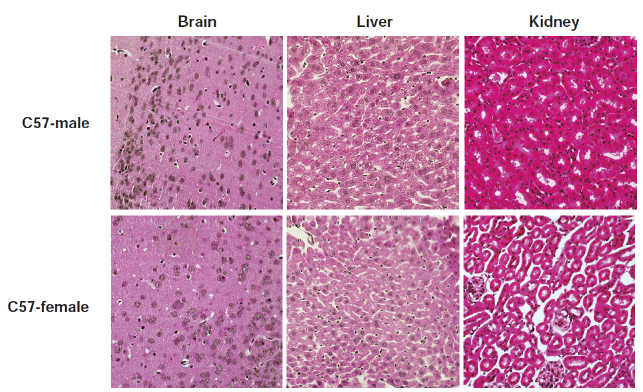
Hematoxylin and Eosin (H&E) Staining
Hematoxylin and eosin (H&E) staining is a fundamental technique in histopathology, essential for evaluating tissue morphology and cellular structure in toxicology studies for drug screening. This method allows researchers to visualize and assess potential changes in tissue architecture that may result from exposure to test compounds. In our pre-clinical research services, we utilize H&E staining to examine various organs, including the brain, liver, and kidneys, providing critical insights into the biological effects of new therapeutic agents. This staining technique highlights cellular details, enabling the identification of any histopathological alterations that may indicate toxicity or adverse effects. By incorporating H&E staining into our comprehensive analysis, we ensure a thorough assessment of organ integrity and safety. Our expert histopathological evaluations contribute valuable information to the drug development process, supporting the identification of compounds with favorable safety profiles. Through our commitment to rigorous H&E staining techniques, we help clients make informed decisions in their pre-clinical research, paving the way for effective and safe therapeutic options.
